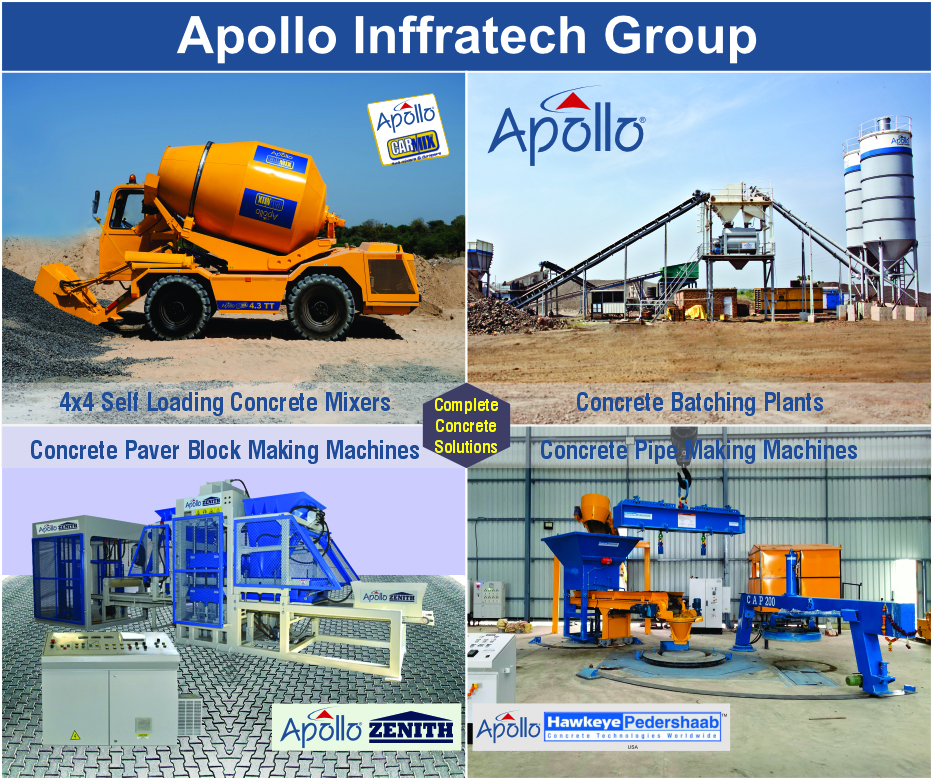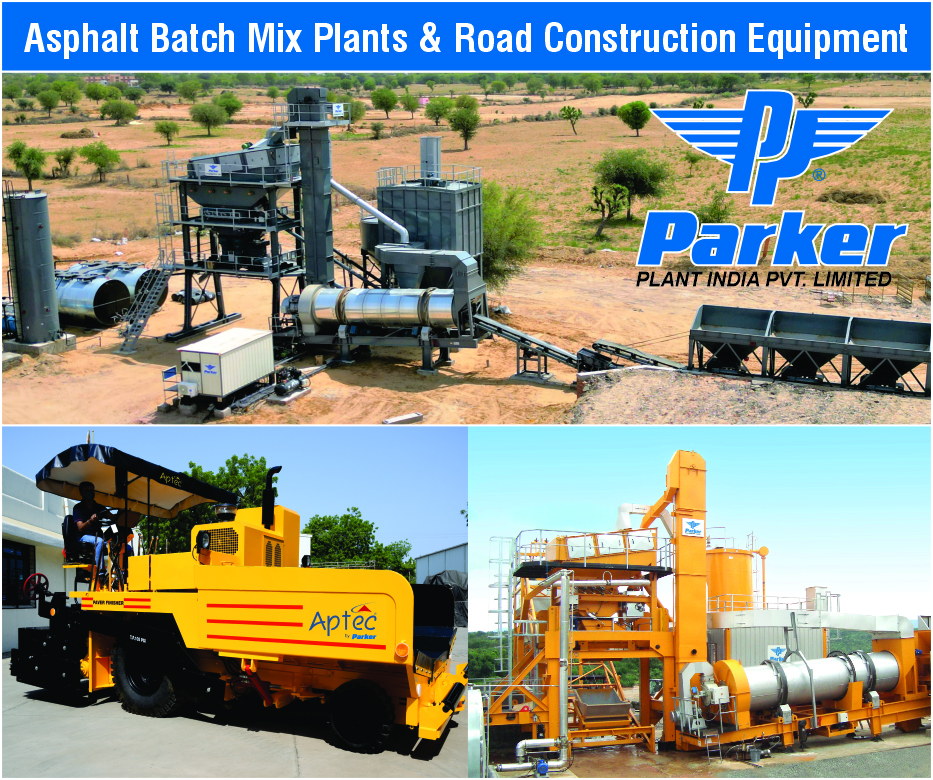The rapid expansion of artificial intelligence infrastructure is creating a growing bottleneck: a shortage of skilled construction labor. The push to build massive data centers across the United States—driven by the federal “AI Action Plan”—is colliding with a depleted pool of trade professionals capable of answering the demand.
Critics say the country now faces three hard choices. One strategy is to retain older skilled workers who are nearing retirement. Another is to invest heavily in training and apprenticeship programs to replenish the pipeline of new labor. A third, more controversial option, would be loosening immigration restrictions to attract skilled tradespeople from abroad.
Meanwhile, the shortage isn’t just felt in AI projects. It threatens broader economic ambitions tied to growth, infrastructure renewal, and modern industry. With multiple sectors competing for the same limited workforce, there’s a risk that AI deployment schedules—and broader construction plans—could be delayed.
Add to this the ripple effects: inflationary wage pressure, project cost overruns, and possible mismatches between labor skills and technology demands. For the AI surge to succeed without stalling, policymakers, education leaders, and industry heads must coordinate ambitious recruitment, retention, and training initiatives now—before infrastructure ambitions outpace the capacity to build them.









